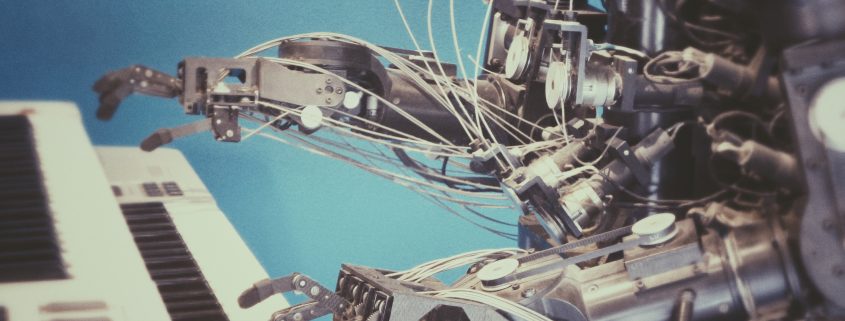The Fourth Industrial Revolution: Key concepts to understand
As the fourth industrial revolution dawns, it heralds huge changes for society. But what is this fourth revolution? What are its key components? What are the benefits and risks? We guide you through the key concepts and most important innovations.
What is the fourth industrial revolution?
There have already been three industrial revolutions which have fundamentally changed society, particularly how we live and work. The first involved mechanisation, and steam and water power. The second mass production and electricity. The third electronic and IT systems, and automation. The fourth involves the conjunction of digital, biological, and physical innovations. The fundamental difference in the latest industrial revolution is that it challenges what it means to be human. The phrase “fourth industrial revolution” was coined by Klaus Schwab chairman of the World Economic Forum, in 2016. This year, it was the key theme at the Forum’s annual meeting in Davos.
Key components of the fourth industrial revolution
New technologies are bringing systemic change across many sectors of life and society. These technological advances cut across digital, physical and biological spheres. There are many examples of how these innovations are already impacting our lives. We can edit genes sequences which for the first time allow us to change the attributes and disease risks we were born with. We monitor our health using wearable technological devices which generate real-time data. Progress is being made in the development of nanotechnology and neuroscience as scientists push the final frontier to harness the power of the brain. Utilisation of artificial intelligence and its associated automation means robots can take on jobs previously done by humans. As these robots develop and their capacity grows, society is re-examining what it means to be human. Self-regulating and virtual systems are also being introduced, such as blockchain, the internet of things and cryptocurrency. These disruptive technologies have huge potential to change the future landscape, bringing greater connectivity and sharing knowledge and data.
Benefits and risks of the fourth industrial revolution
The latest industrial revolution has huge potential, which is why its success depends on how that potential is harnessed, regulated and applied. Billions of people could become connected through digital networks, leading to improvements in their lives and the efficiency of the organisations which make up society. There is even potential to regenerate the natural environment and reverse the damage cause by previous industrial revolutions.
It is critical however, that governments adapt effectively and successfully regulate these technologies so that their benefits are captured without causing new security concerns, greater inequality and fragmentation of society.
Sources:
https://www.britannica.com/topic/The-Fourth-Industrial-Revolution-2119734
https://www.weforum.org/about/the-fourth-industrial-revolution-by-klaus-schwab



